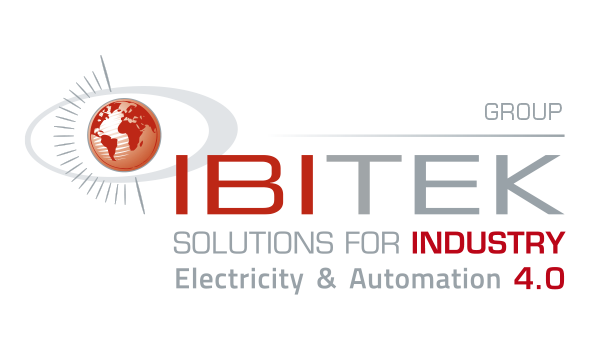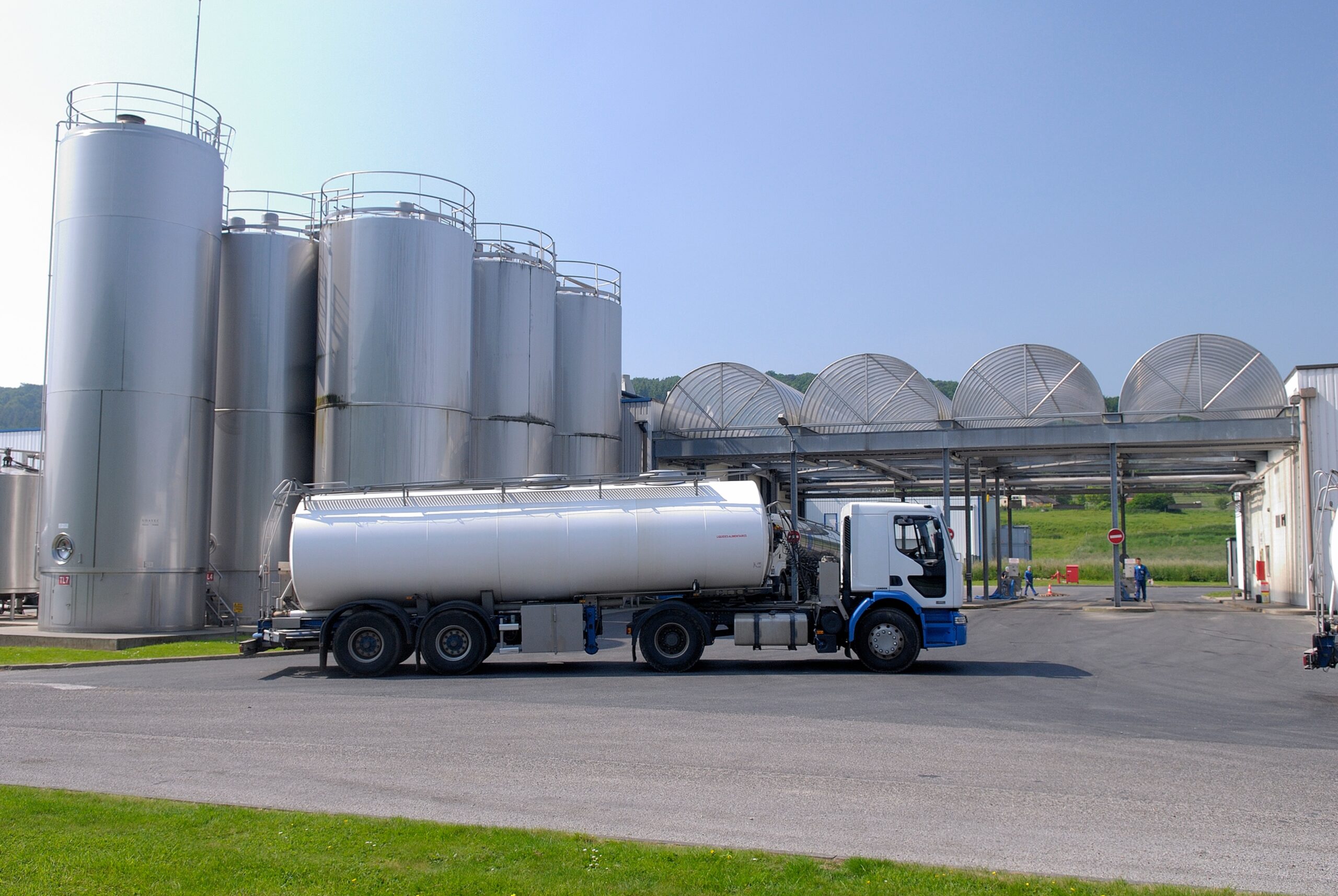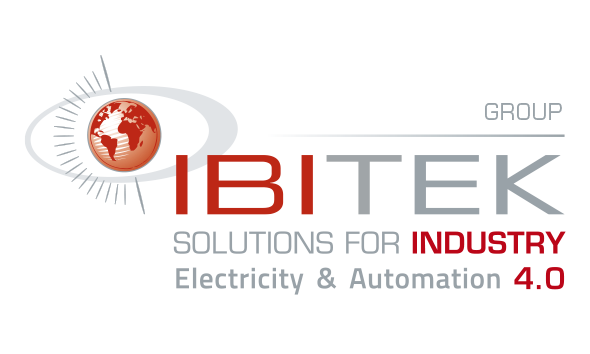In today’s industrial business world, a significant number of companies use Historian solutions to collect, archive and analyze data in order to optimize plant operations. It appears obvious the more operational data a company collects on its automation activities, the more quickly its managers will be able to make decisions to improve productivity and efficiency of their plant.
Why collecting operational data?
The information generated by the production line is a real gold mine and a strategic asset for any manager. Traditional Historian solutions (integrated by manufacturers) collect a set of raw data (both functionally consistent and technically heterogeneous) along the time axis. The notion of a time axis is significant because it ensures the reliability of the data based on different phases of the day, week and month; but also according to changes in parameters and alarm backups in order to analyze critical events.
It is possible to collect information of various consumptions: energy, raw material, consumable, production data, status concerning the state of use of equipment, data on sequences…
All the information collected at the production line level tends to a continuous improvement process (both operational performance and maintenance) and aims at facilitating decision making thanks to proven data, trackable over time. The more you know about your production site, the more you will gain in visibility and the more you will be able to improve its efficiency and results.
How is the operational data collected?
A plant is made up of many equipment and PLCs that operate independently from each other and generate a large volume of data that was previously not fully exploited. Thanks to the installation of connected elements, sensors and data collect software, industrial data is easily obtained, centralized and stored. In order to have the same referential on each PLC, the assistance of a specialized team is necessary to guarantee the setting of the tools and their synchronization on the unique clock. The expertise of an IT team coordinates the connections between automation and IT. In this way, data is correctly recorded and stored in a secure platform, thus ensuring instant access to data.
Starting with IBIprod solution
A state-of-the-art software such as IBIprod solution is a very complementary solution to a Historian solution as it facilitates data management and analysis in real time. The information is extracted from the data warehouse process and from the various available databases (ERP, quality, and third-party software) to be converted and then restored using dynamic dashboards. The notions of time axis, sequence and performance are the core of our solution. The heterogeneity of data sources helps to detect production failures that could lead to problems in the whole production chain.
Based on our experience in implementing intelligent solutions in the production industry, we developed these methods to ensure employee acceptance and to increase efficiency and productivity. This, by putting intelligence into processes and introducing people at the heart of the digital environment.










